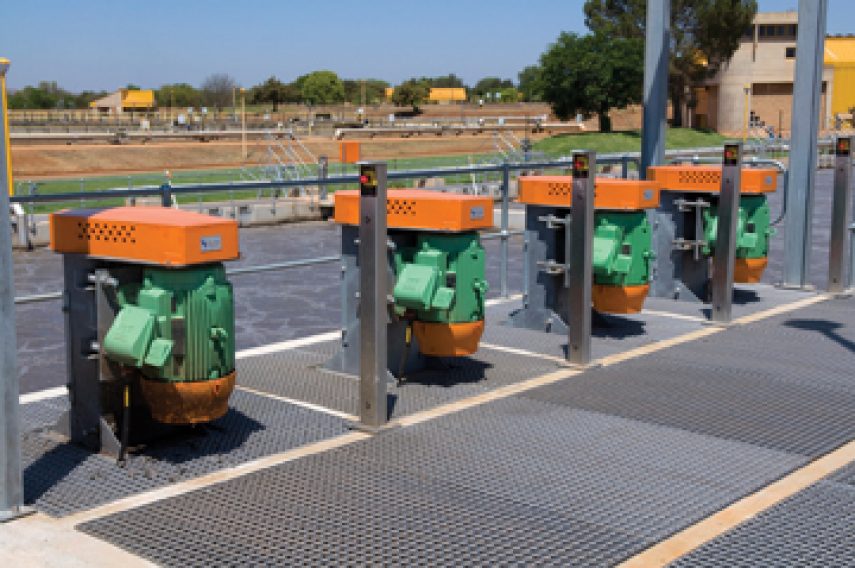NOT all floor gratings that claim to have a flat top surface actually do, something that can lead industry users to buy a product that falls short of the standards required for a project.
That’s according to Lance Quinlan, national technical sales consultant at Andrew Mentis, who said that the company was the only producer of floor grating able to supply a product that has a true flat top surface,
So, what’s the difference between “true” flat top and “pretend” flat top? Quinlan said grating made from flatbar (not slit strip) has a rounded or mill-edge.
“This is a significant differentiator in the floor grating market and is something that should be factored in when making the decision to specify or purchase flat top floor grating. If it isn’t then specifiers and buyers are comparing apples with pears,” he said.
“We are the only facility that purchases coiled steel and makes use of our own slitting process which is engineered to produce a truly flat top surface,” Quinlan says. “What is important is that our Mentis Flat Top floor grating has a non-slip surface as a result of this manufacturing process and this significantly enhances the safety of our product.”
This product is produced at Andrew Mentis’ ISO-accredited facility at Elandsfontein, Johannesburg, and is manufactured using a pressure locking system pioneered by the company.
The transversals on the floor grating are positively and permanently locked to the bearer bars and the locking method at the intersections is designed to use the full depth of the bearer bar when calculating loads.
Mentis Flat Top floor grating is available ex-stock in open ended systems 2 400 mm by 1 200 mm with bearer bar sizes of 25 mm by 4.5 mm, 30 mm by 4.5 mm and 40 mm by 4.5mm. Various apertures are available including Mentis RS40 (40/40mm), RS40 (45/40mm) and RS40 (45/50mm) in unpainted mild steel, bitumen painted mild steel and galvanised. Andrew Mentis also carries certain quantities of RS40 (40/40mm) in stainless steel, 3CR12 and 304.

